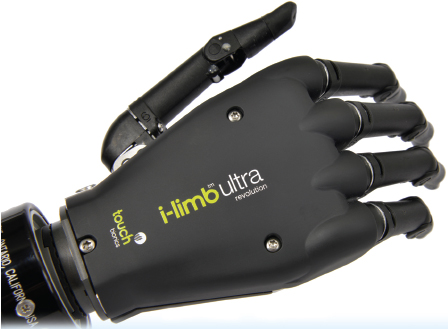694
- 10.1Rectangular Coordinates in Space
- 10.2Introduction to Vectors
- 10.3Vectors in the Plane and in Space
- 10.4The Dot Product
- 10.5The Cross Product
- 10.6Equations of Lines and Planes in Space
- 10.7Quadric Surfaces
- Chapter Review
- Chapter Project

The Hall Effect
In our ever-growing electronic environment, sensors of various types, shapes, and sizes have been developed to advance the detection and analysis of information. Sensors often collect data that are then fed to other electronic components that can be programmed to react based on the results. Detecting the presence and strength of a magnetic field can be accomplished by using a sensor, called a Hall probe, a device that operates based on an electromagnetic property of a material—the Hall effect. The Hall effect was discovered by physicist Edwin H. Hall in the late nineteenth century, decades before semiconductors and other technologies allowed for the full breadth of applications of this theory to be realized. Today we see the Hall effect put into use in disk drives, laptops and mobile phones, vending machines, automobile sensors, camera equipment, electronic locks, magnetic card sensors, spacecraft thrusters, prosthetic limbs and countless other areas.
The Hall effect is observed when an electric current is run through a material that is in the presence of an external magnetic field. The voltage related to the strength of the magnetic field is measured on either side of the material. Alternatively, a materials scientist could make a similar measurement of this voltage while controlling an external magnetic field in order to benchmark the ability of a particular material to carry a current, and identify the number density and type of charge carriers.
CHAPTER 10 PROJECT
The Chapter Project on p. 755 uses vector algebra and properties of vectors to model the Hall effect.
In this chapter, we extend the rectangular coordinate system from two dimensions, the so-called Cartesian plane, to three dimensions, space. Just as lines, circles, and conics are important in two dimensions, lines, planes, spheres, and quadric surfaces play an important role in space.
We also introduce vectors, both in the plane and in space. Vectors, which are objects that have both magnitude and direction, are particularly useful in describing the way forces behave, such as the force of the wind on an airplane. Vectors are also used to find the work done by a constant force in moving an object when the direction of the force is not along the line of motion.